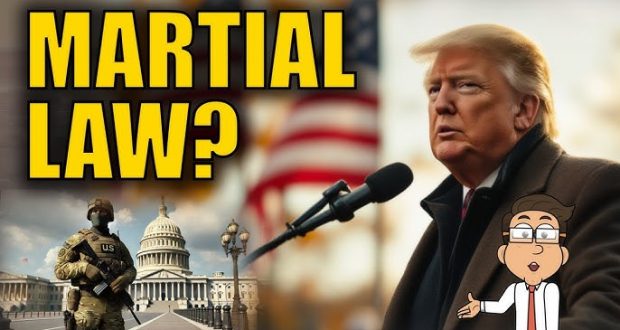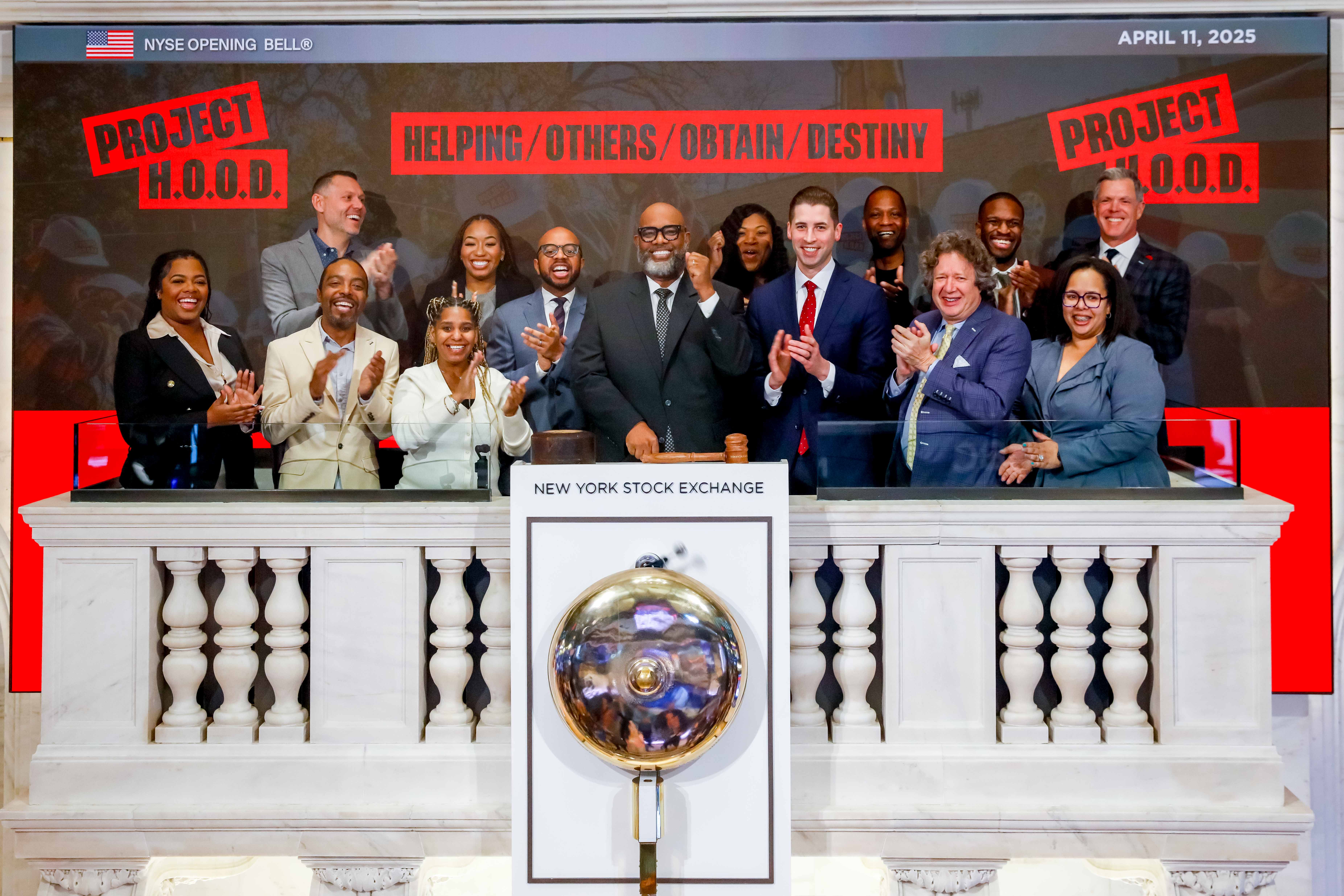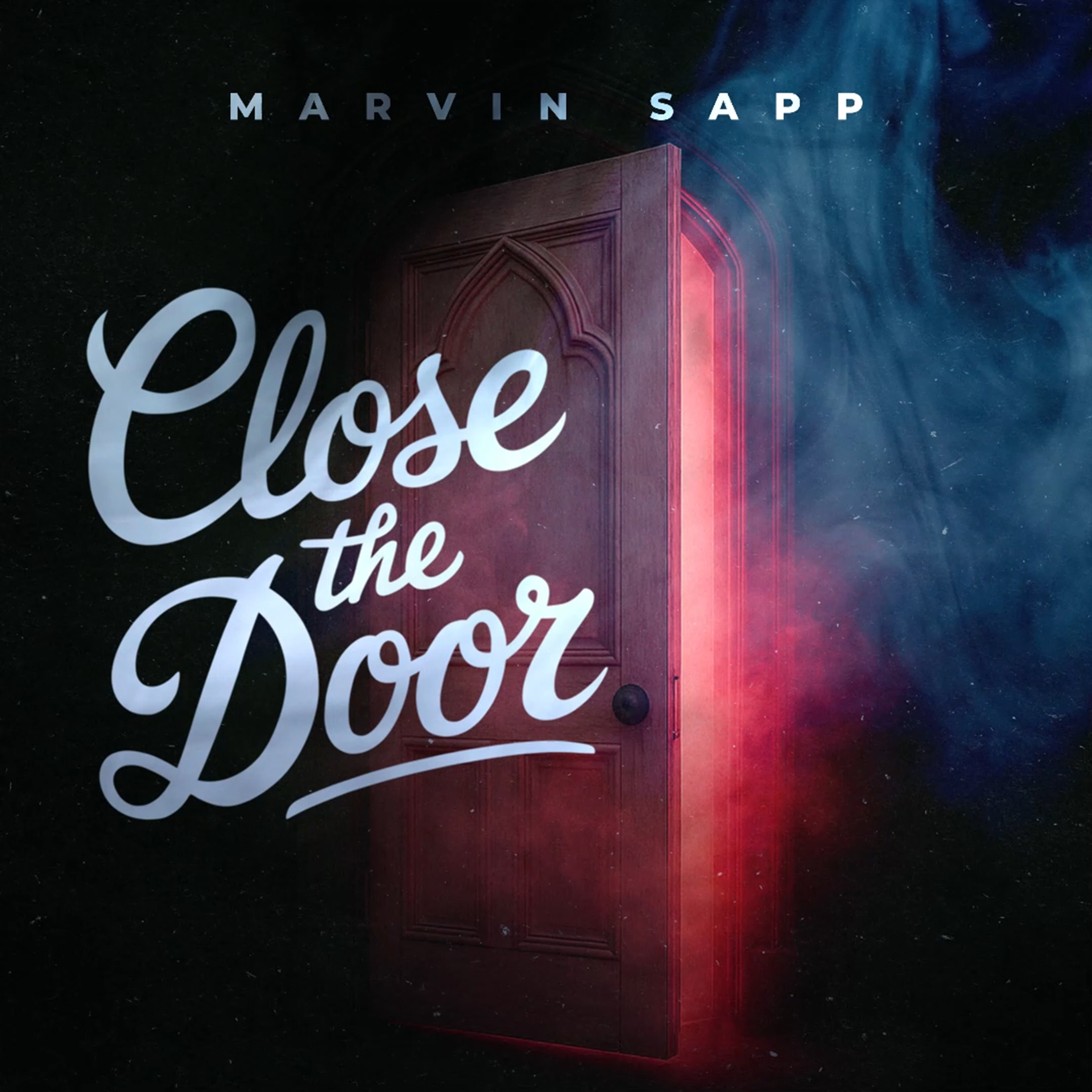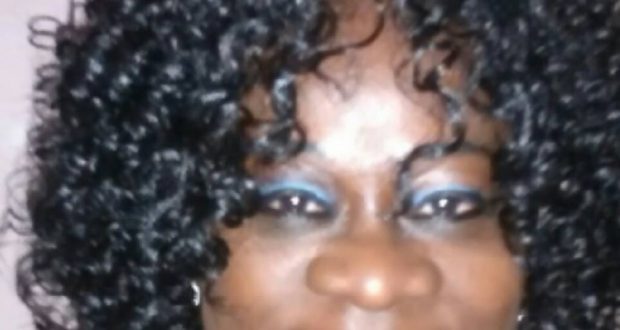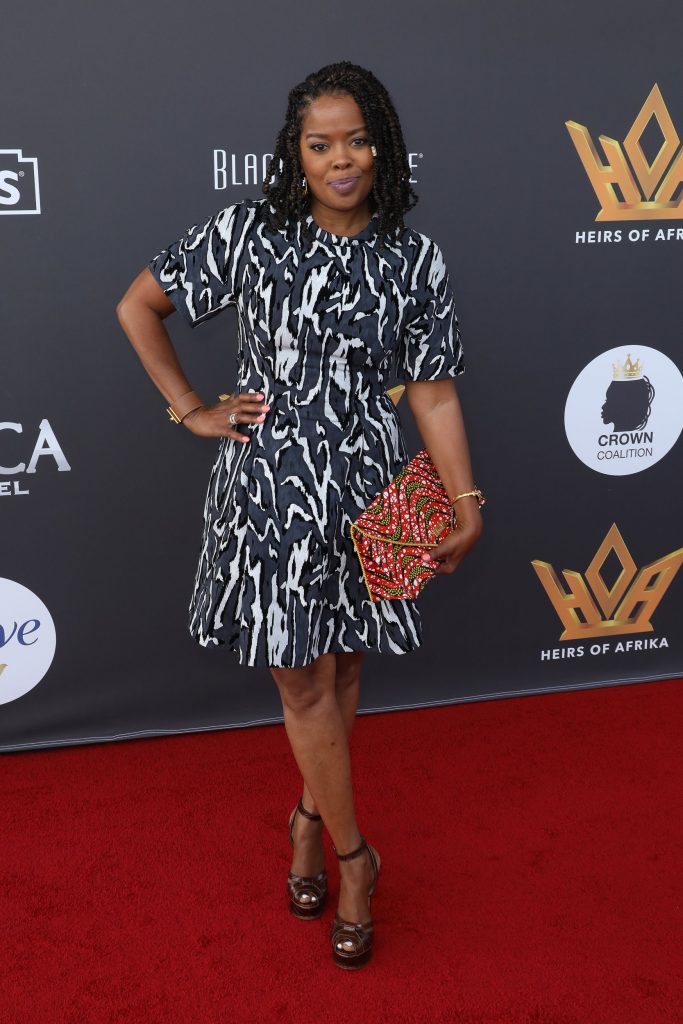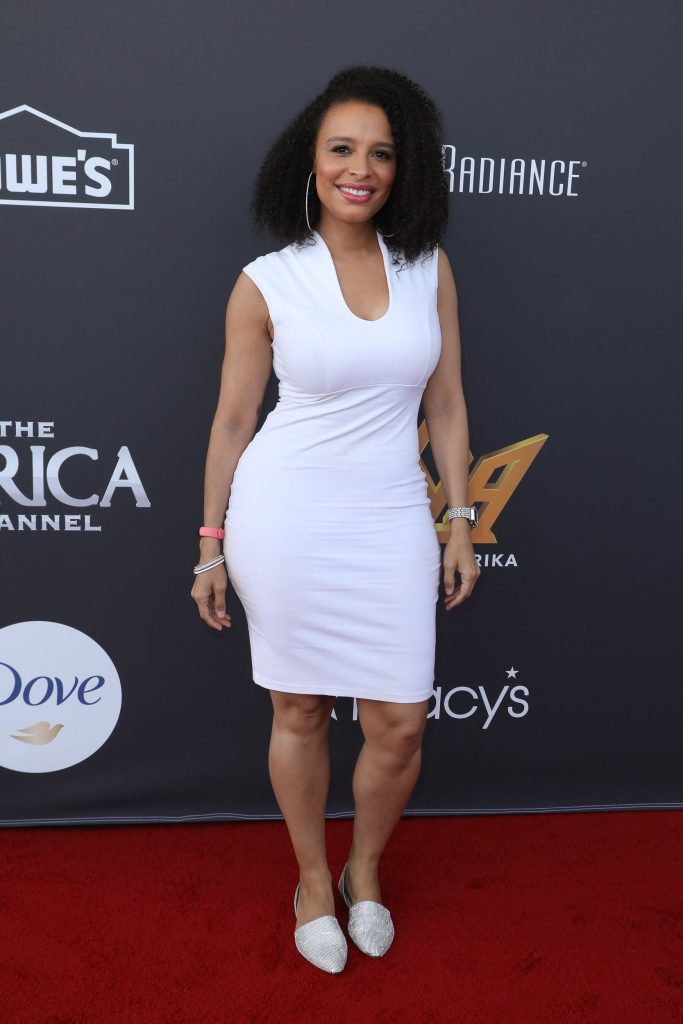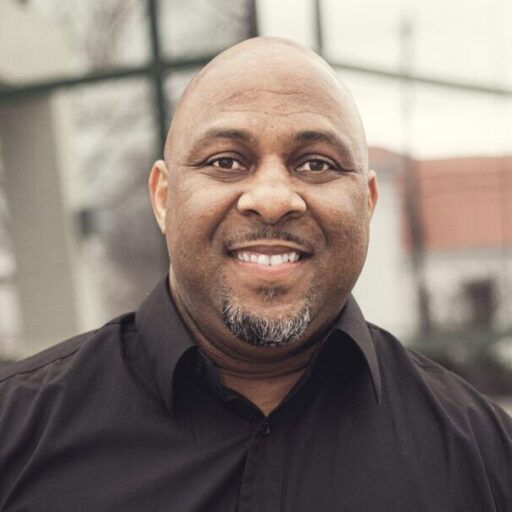Why do you make me do this? I’ve told you many times, to repent, but you haven’t listened, so because of your hard and impenitent heart, know that you are storing up wrath for yourself on the day when My righteous judgment will be revealed. [Romans 2:5]. In flaming fire, inflicting vengeance on those who do not know Me and on those who do not obey the gospel. I tell you, you will suffer the punishment of eternal destruction, away from My presence and from the glory of My might. [2 Thessalonians 1:7-9]. Why? Why do you make me do this?
Adam disobeyed Me and suffered the consequences. Saul, disobedience in not following My instructions had severe consequences. Many fell dead, all the Israelites were forced to flee, and Saul’s army along with his sons were killed. [1 Samuel 31]. At the flood – [Genesis 6-8]. Wrath built up and was restrained until the day came when it burst forth in fury. Sodom and Gomorrah – [Genesis 19] – My wrath slowly built against those people until it burst forth in divine judgment. At the Red Sea – [Exodus 14] – Pharaoh and his people had been dealt with by Me through plagues, however, because of their continued rebelliousness, the dam burst, and the entire Egyptian army drowned in the sea. Even then I restrained My anger. Why? Why do you make me do this? Do I take any pleasure in the death of the wicked? No! declares the Sovereign Lord. REPENT! Turn away from all your offenses; then sin will not be your downfall. [Ezekiel 18:21,30]. If you don’t, rest assure ‘I will punish you as your deeds deserve.” [Jeremiah 21:14]. I the Lord has spoken, and My words shall not return void.
I want you to know that the greatest peril facing each person is the righteous wrath of God against guilty sinners, leading to everlasting suffering. For the Bible is clear that without repentance the ultimate consequence of sin is separation from God! This concept may be mocked today, but it doesn’t negate its truth! God’s desire is for people to learn the lessons of the past to avoid the judgment of the future. My prayer for you is that having learned something about the end of the world that you would then order your life accordingly.
“Then I heard a loud voice from the temple telling the seven angels, ‘Go and pour out on the earth the seven bowls of the wrath of God.’ So, the first angel went and poured out his bowl on the earth, and harmful and painful sores came upon the people who bore the mark of the beast and worshiped its image. The second angel poured out his bowl into the sea, and it became like the blood of a corpse, and every living thing died that was in the sea. The third angel poured out his bowl into the rivers and the springs of water, and they became blood. And I heard the angel in charge of the waters say, ‘Just are you, O Holy One, who is and who was, for you brought these judgments. For they have shed the blood of saints and prophets, and you have given them blood to drink. It is what they deserve!’ And I heard the altar saying, ‘Yes, Lord God the Almighty, true and just are your judgments!’ The fourth angel poured out his bowl on the sun, and it was allowed to scorch people with fire. They were scorched by the fierce heat, and they cursed the name of God who had power over these plagues. They did not repent and give him glory. The fifth angel poured out his bowl on the throne of the beast, and its kingdom was plunged into darkness. People gnawed their tongues in anguish and cursed the God of heaven for their pain and sores. They did not repent of their deeds. The sixth angel poured out his bowl on the great river Euphrates, and its water was dried up, to prepare the way for the kings from the east. And I saw, coming out of the mouth of the dragon and out of the mouth of the beast and out of the mouth of the false prophet, three unclean spirits like frogs. For they are demonic spirits, performing signs, who go abroad to the kings of the entire world, to assemble them for battle on the great day of God the Almighty. [‘Behold, I am coming like a thief! Blessed is the one who stays awake, keeping his garments on, that he may not go about naked and be seen exposed!’] And they assembled them at the place that in Hebrew is called Armageddon. The seventh angel poured out his bowl into the air, and a loud voice came out of the temple, from the throne, saying, ‘It is done!’ And there were flashes of lightning, rumblings, peals of thunder, and a great earthquake such as there had never been since man was on the earth, so great was that earthquake. The great city was split into three parts, and the cities of the nation’s fell, and God remembered Babylon the great, to make her drain the cup of the wine of the fury of his wrath. And every island fled away, and no mountains were to be found. And great hailstones, about one hundred pounds each, fell from heaven on people; and they cursed God for the plague of the hail, because the plague was so severe.” [Revelation 16].
I tell you, “If my people, who are called by my name, will humble themselves and pray and seek my face and turn from their wicked ways, then I will hear from heaven, and I will forgive their sin and will heal their land.” [2 Chronicles 7:13-14].
 Westside Story Newspaper – Online The News of The Empire – Sharing the Quest for Excellence
Westside Story Newspaper – Online The News of The Empire – Sharing the Quest for Excellence
